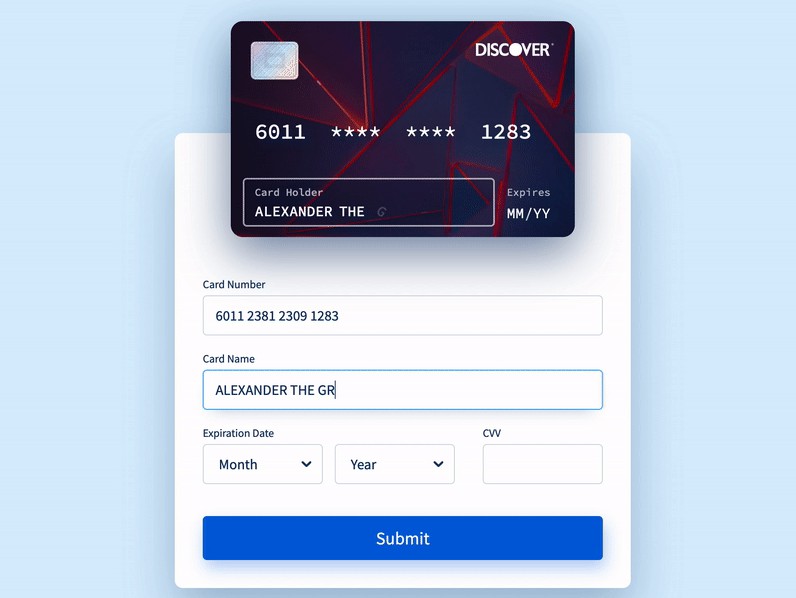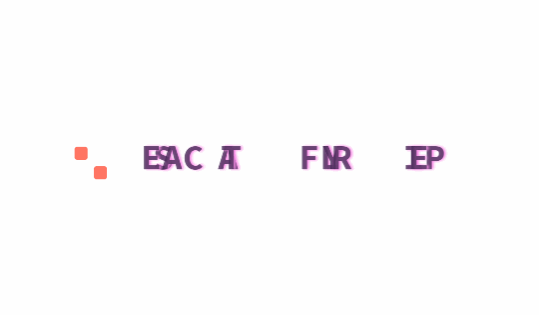undux
Dead simple state for React. Now with Hooks support.
Install (with RxJS v5 or v6 - recommended)
# Using Yarn:
yarn add undux
# Or, using NPM:
npm install undux --save
Install (with RxJS v4)
# Using Yarn:
yarn add undux@^3
# Or, using NPM:
npm install undux@^3 --save
Design Goals
- Complete type-safety, no exceptions
- Super easy to use: forget actions, reducers, dispatchers, containers, etc.
- Familiar abstractions: just
getandset
Use
1. Create a store
import { createConnectedStore } from 'undux'
// Create a store with an initial value.
export default createConnectedStore({
one: 0,
two: 0
})
Be sure to define a key for each value in your model, even if the value is initially undefined.
2. Connect your React components
With React Hooks:
import Store from './MyStore'
// Re-render the component when the store updates.
function MyComponent() {
let store = Store.useStore()
return <div>
<NumberInput onChange={store.set('one')} value={store.get('one')} />
<NumberInput onChange={store.set('two')} value={store.get('two')} />
Sum: {store.get('one') + store.get('two')}
</div>
}
function NumberInput() {
return <input
onChange={e => this.props.onChange(parseInt(e.target.value, 10))}
type="number"
value={this.props.value}
/>
}
export default MyComponent
Without React Hooks:
import Store from './MyStore'
// Re-render the component when the store updates.
class MyComponent extends React.Component {
render() {
let store = this.props.store
return <div>
<NumberInput onChange={store.set('one')} value={store.get('one')} />
<NumberInput onChange={store.set('two')} value={store.get('two')} />
Sum: {store.get('one') + store.get('two')}
</div>
}
}
class NumberInput extends React.Component {
render() {
return <input
onChange={e => this.props.onChange(parseInt(e.target.value, 10))}
type="number"
value={this.props.value}
/>
}
}
export default Store.withStore(MyComponent)
3. Put your app in an Undux Container
import MyComponent from './MyComponent'
import Store from './MyStore'
class MyApp extends React.Component {
render() {
return <Store.Container>
<MyComponent />
</Store.Container>
}
}
export default MyApp
That's all there is to it.
Features
Effects
Though Undux automatically re-renders your connected React components for you when the store updates, it also lets you subscribe to changes to specific fields on your store. Undux subscriptions are full Rx observables, so you have fine control over how you react to a change:
import { debounce, filter } from 'rxjs/operators'
store
.on('today')
.pipe(
filter(date => date.getTime() % 2 === 0), // Only even timestamps.
debounce(100) // Fire at most once every 100ms.
)
.subscribe(date =>
console.log('Date changed to', date)
)
You can even use Effects to trigger a change in response to an update:
store
.on('today')
.pipe(
debounce(100)
)
.subscribe(async date => {
let users = await api.get({ since: date })
store.set('users')(users)
})
In order to keep its footprint small, Undux does not come with RxJS out of the box. However, Undux does come with a minimal implementation of parts of RxJS, which interoperates with RxJS operators. To use RxJS operators, you'll need to install RxJS first:
npm install rxjs --save
Partial application
Partially apply the set function to yield a convenient setter:
let setUsers = store.set('users')
setUsers(['amy'])
setUsers(['amy', 'bob'])
Built-in logger
Undux works out of the box with the Redux Devtools browser extension (download: Chrome, Firefox, React Native). To enable it, just wrap your store with the Redux Devtools plugin:
import { createConnectedStore, withReduxDevtools } from 'undux'
let store = createConnectedStore(initialState, withReduxDevtools)
Redux Devtools has an inspector, a time travel debugger, and jump-to-state built in. All of these features are enabled for Undux as well. It looks like this:

Alternatively, Undux has a simple, console-based debugger built in. Just create your store with withLogger higher order store, and all model updates (which key was updated, previous value, and new value) will be logged to the console.
To enable the logger, simply import withLogger and wrap your store with it:
import { createConnectedStore, withLogger } from 'undux'
let store = createConnectedStore(initialState, withLogger)
The logger will produce logs that look like this:

Effects
Undux is easy to modify with effects. Just define a function that takes a store as an argument, adding listeners along the way. For generic plugins that work across different stores, use the .onAll method to listen on all changes on a store:
// MyStore.ts (if using TypeScript)
import { Effects } from 'undux'
type State = {
// ...
}
export type StoreEffects = Effects<State>
// MyEffects.ts
import { StoreEffects } from './MyStore'
let withLocalStorage: StoreEffects = store => {
// Listen on all changes to the store.
store.onAll().subscribe(({ key, value, previousValue }) =>
console.log(key, 'changed from', previousValue, 'to', value)
)
}
Recipes
Creating a store (TypeScript)
import { createConnectedStore, Effects, Store } from 'undux'
type State = {
foo: number
bar: string[]
}
let initialState: State = {
foo: 12,
bar: []
}
export default createConnectedStore(initialState)
export type StoreProps = {
store: Store<State>
}
export type StoreEffects = Effects<State>
See full example (in JavaScript, TypeScript, or Flow) here.
Stateless component with props (TypeScript)
Have your own props? No problem.
import MyStore, { StoreProps } from './MyStore'
type Props = StoreProps & {
foo: number
}
function MyComponent(props: Props) {
return <>
Today is {props.store.get('today')}
Foo is {props.foo}
</>
}
export default MyStore.withStore(MyComponent)
// Usage
<MyComponent foo={3} />
See full example (in JavaScript, TypeScript, or Flow) here.
Stateful component with props (TypeScript)
Undux is as easy to use with stateful components as with stateless ones.
import MyStore, { StoreProps } from './MyStore'
type Props = StoreProps & {
foo: number
}
class MyComponent extends React.Component<Props> {
render() {
return <>
Today is {this.props.store.get('today')}
Foo is {this.props.foo}
</>
}
}
export default MyStore.withStore(MyComponent)
// Usage
<MyComponent foo={3} />
See full example (in JavaScript, TypeScript, or Flow) here.
Undux + Hot module reloading
See a full example here.
Undux + TodoMVC
See the Undux TodoMVC example here.
Design philosophy
Goal #1 is total type-safety.
Getting, setting, reading, and listening on model updates is 100% type-safe: use a key that isn't defined in your model or set a key to the wrong type, and you'll get a compile-time error. And connected components and Effects are just as type-safe.
Goal #2 is letting you write as little boilerplate as possible.
Define your model in a single place, and use it anywhere safely. No need to define tedious boilerplate for each field on your model. Container components and action creators are optional - most of the time you don't need them, and can introduce them only where needed as your application grows.
Goal #3 is familiar abstractions.
No need to learn about Actions, Reducers, or any of that. Just call get and set, and everything works just as you expect.
Tests
yarn test





